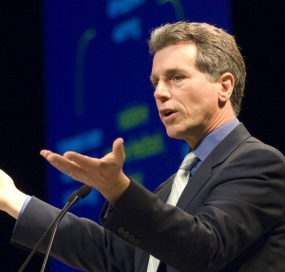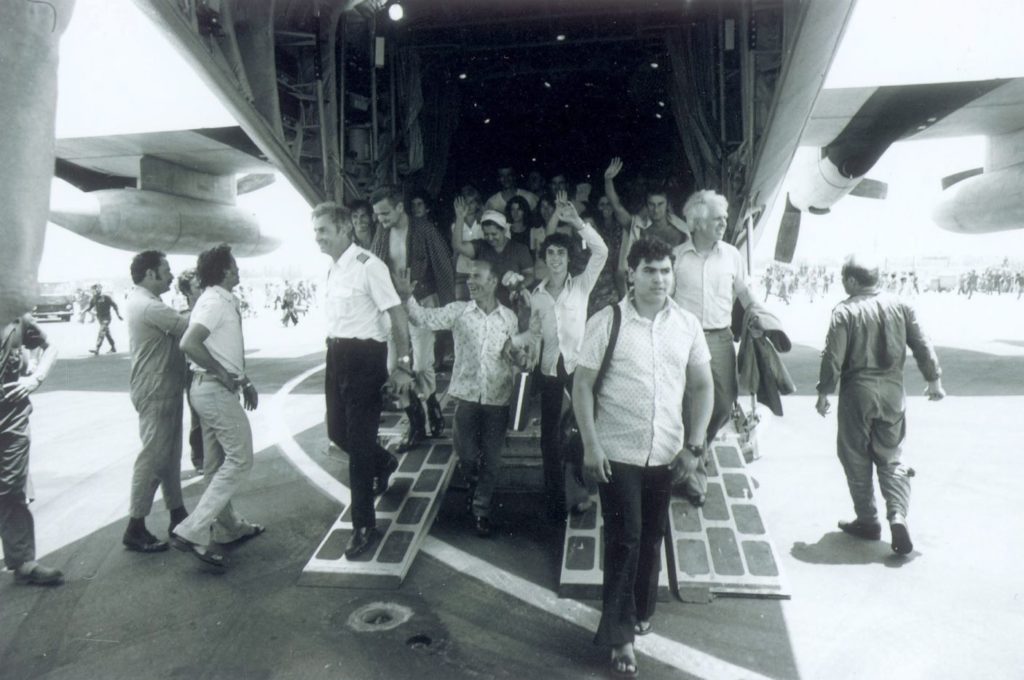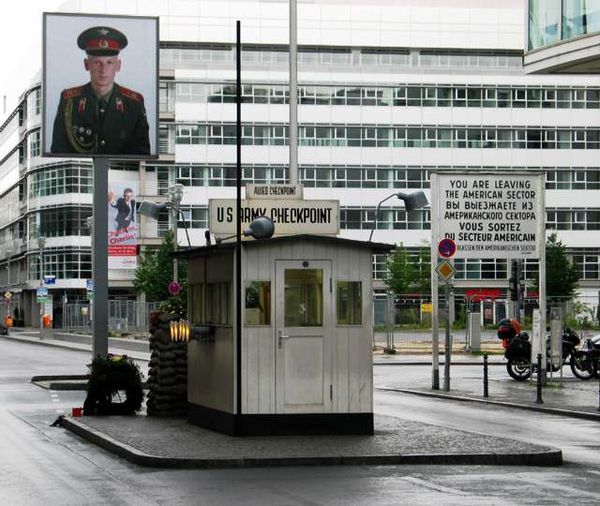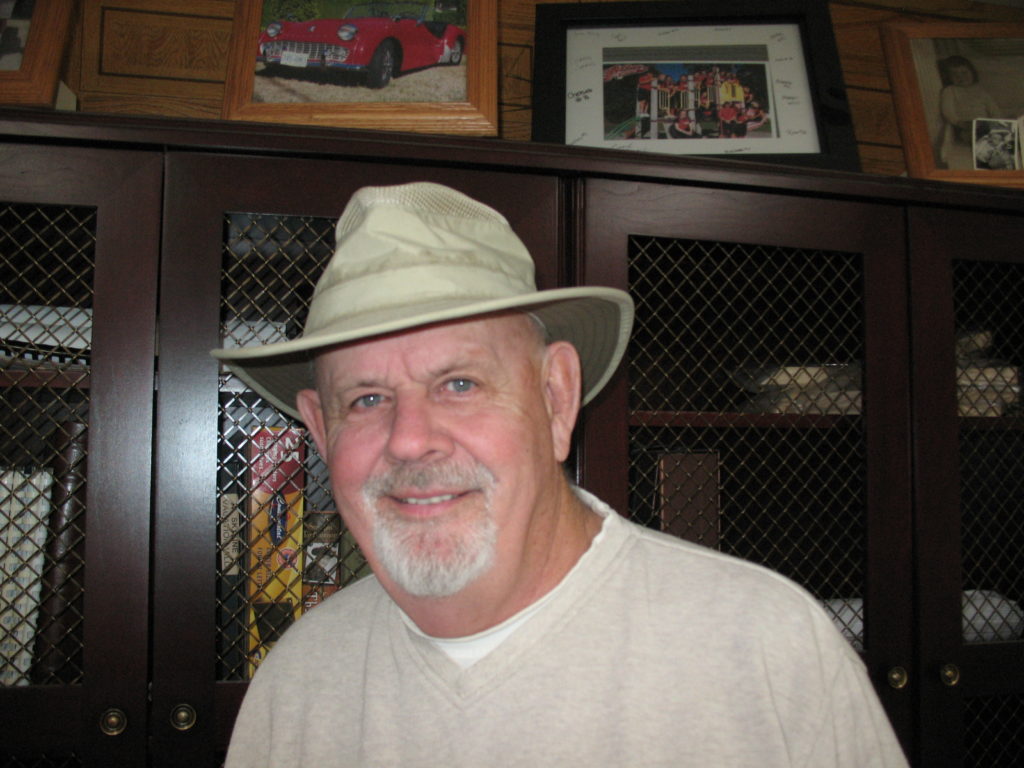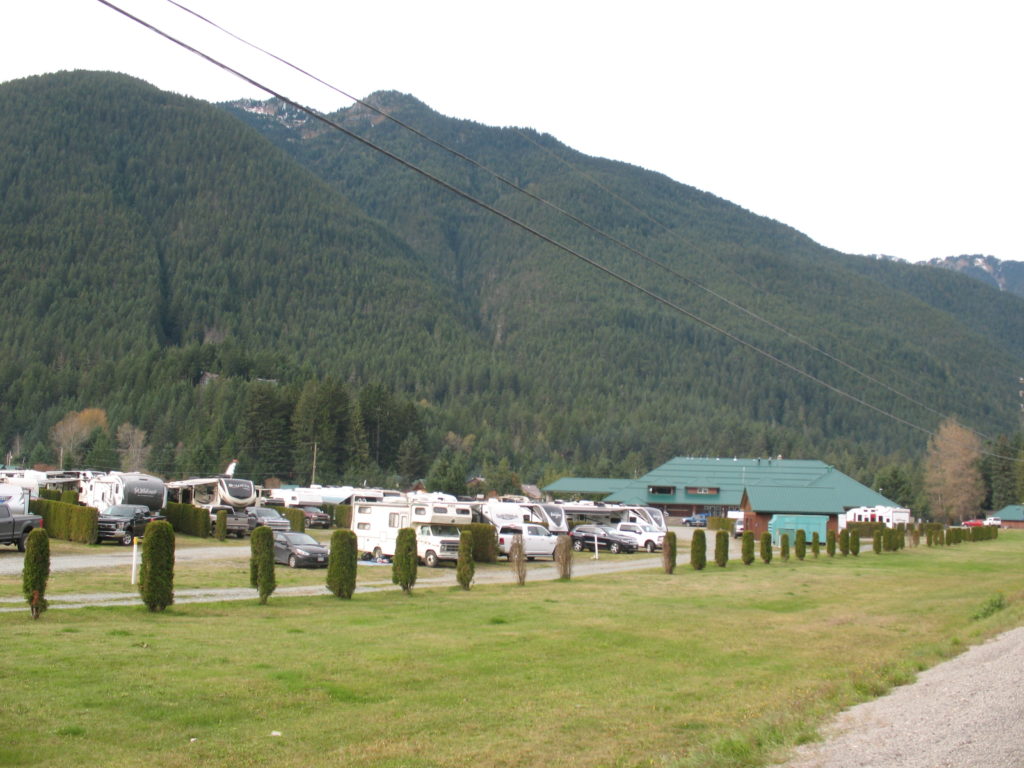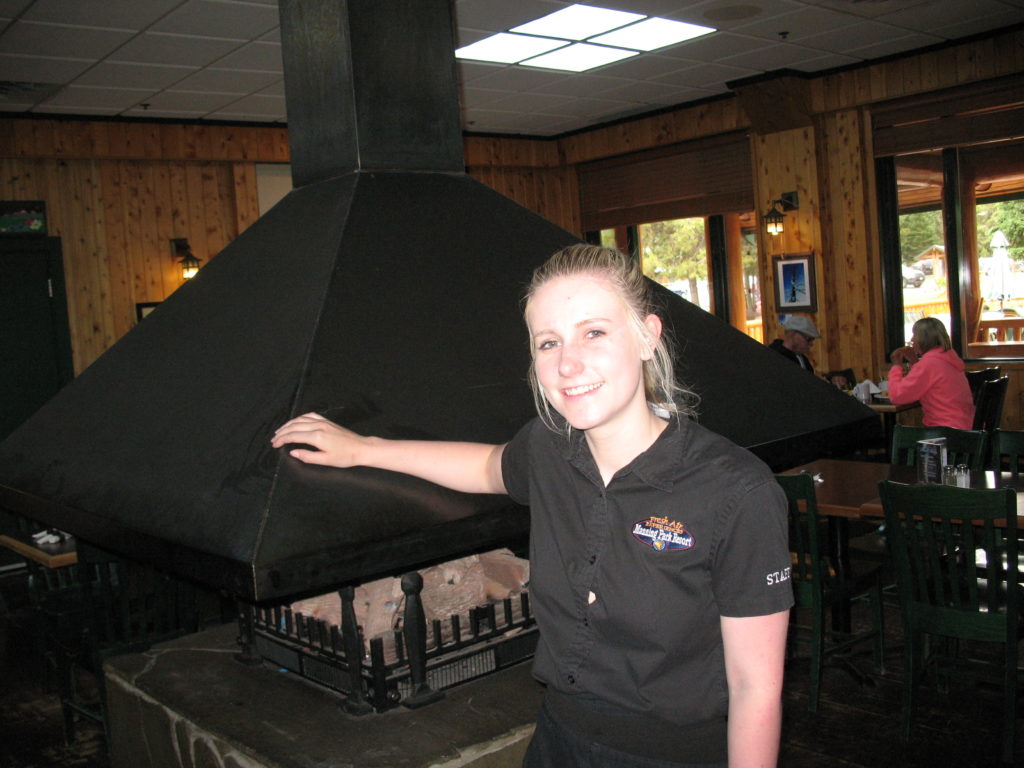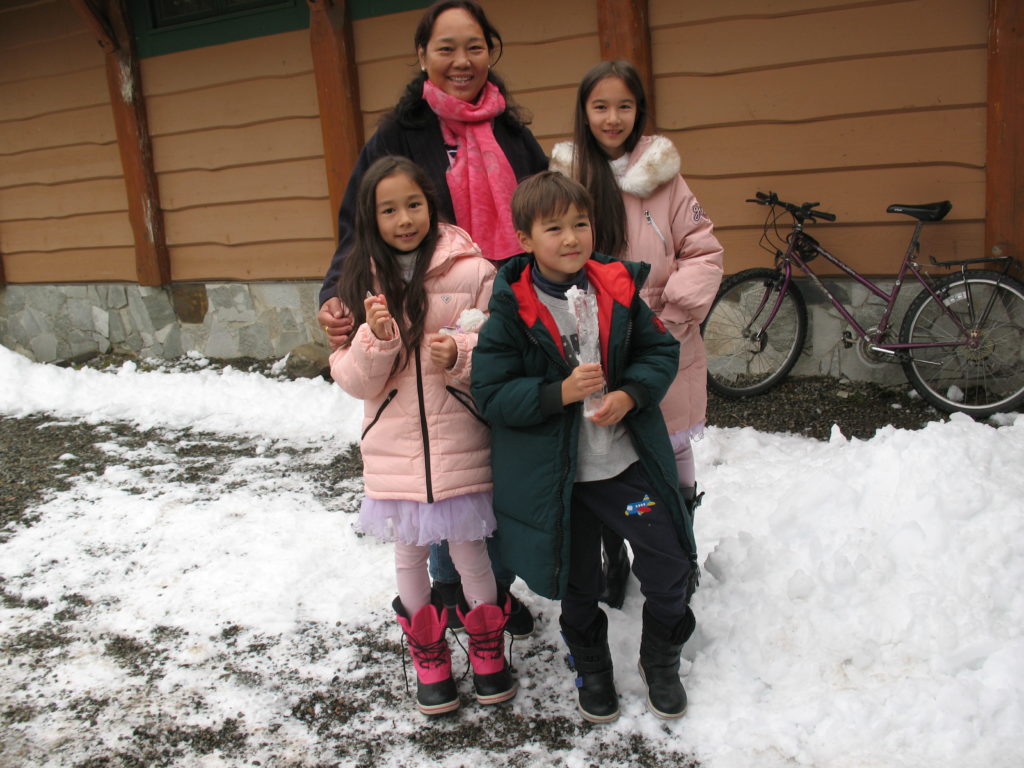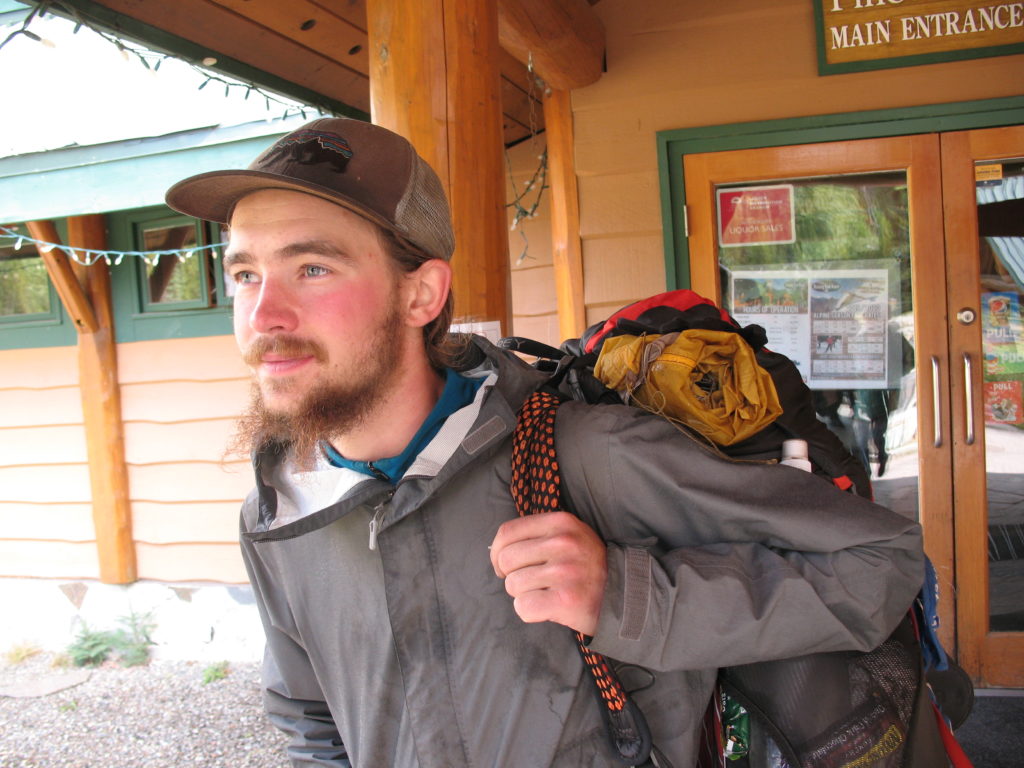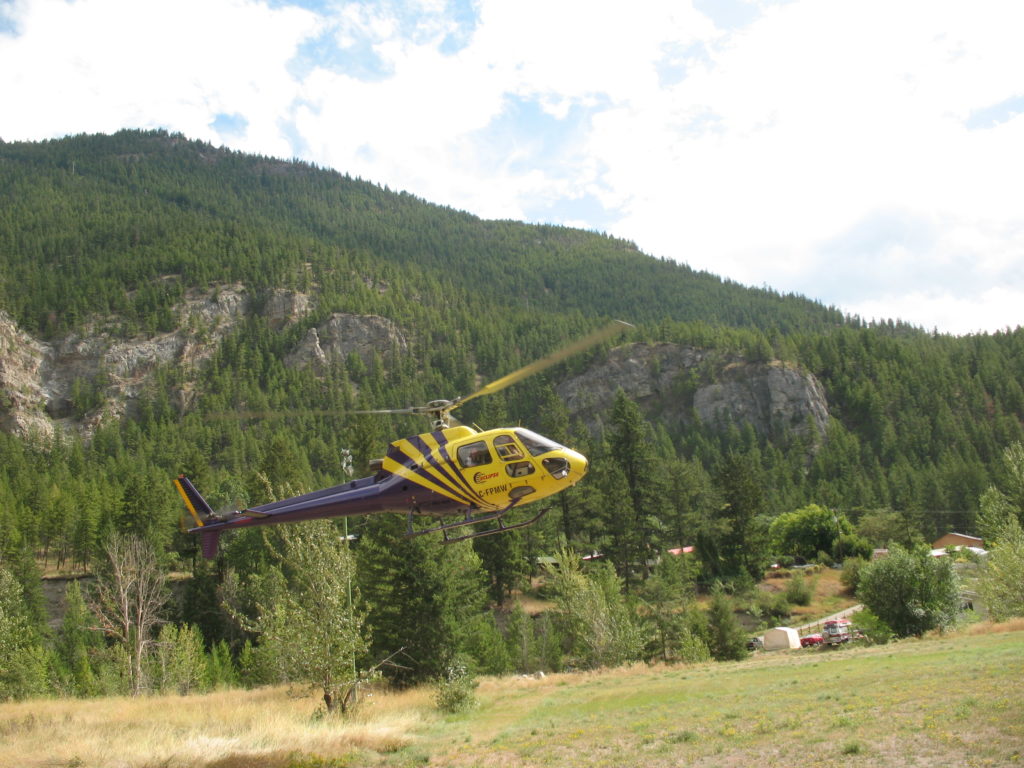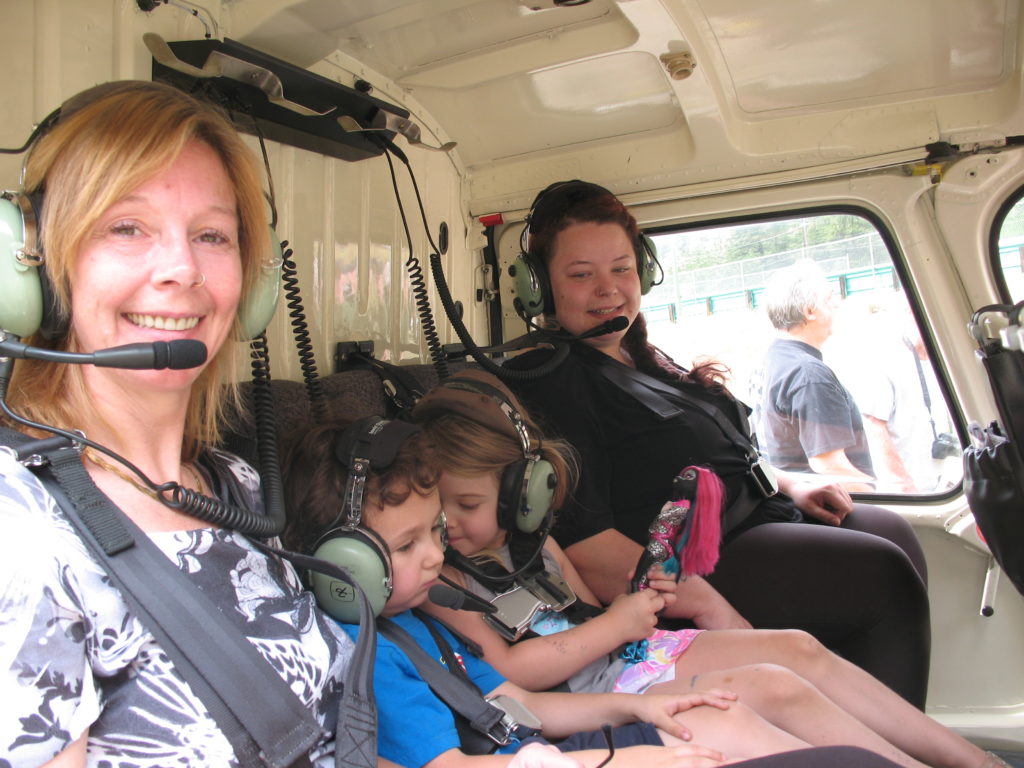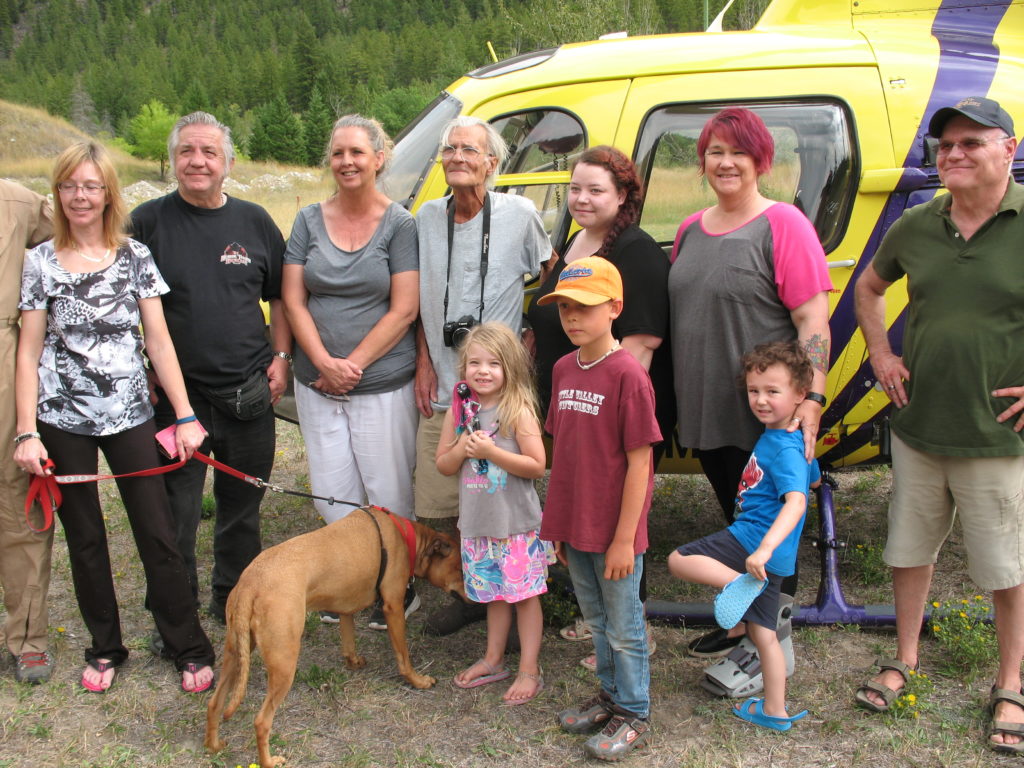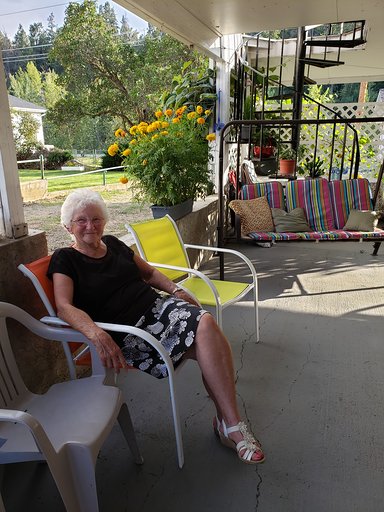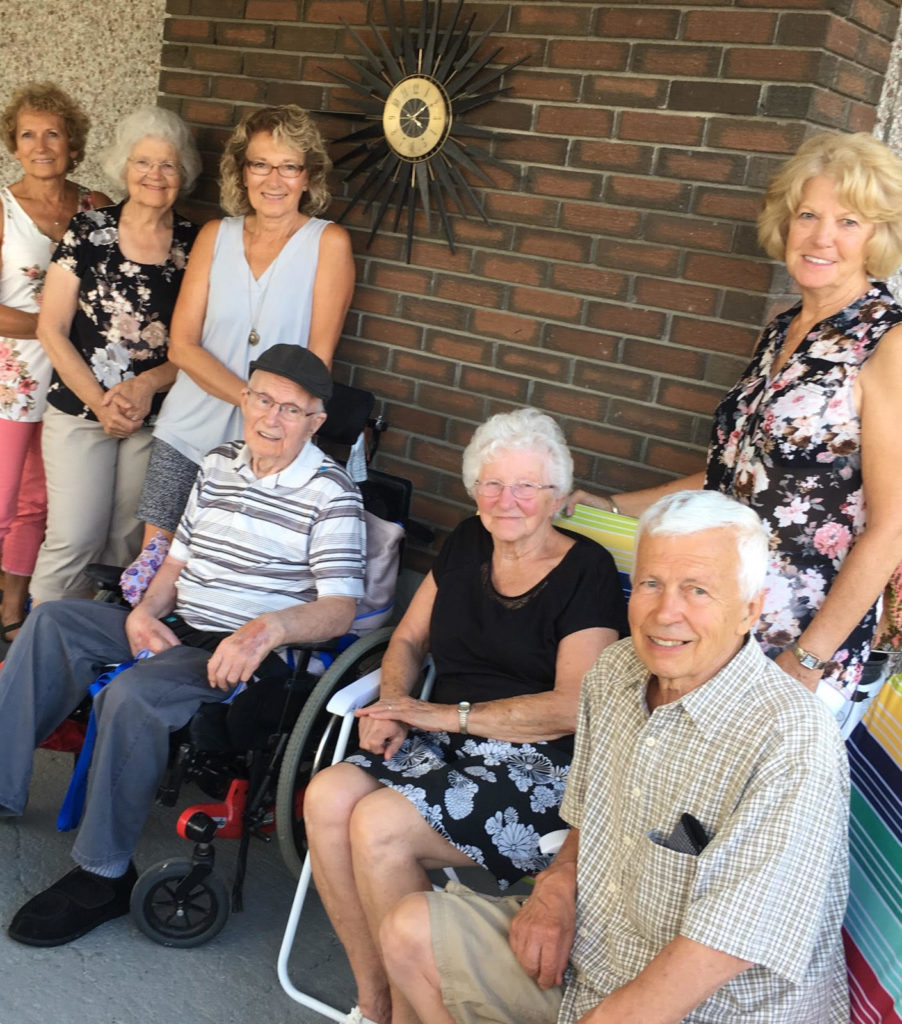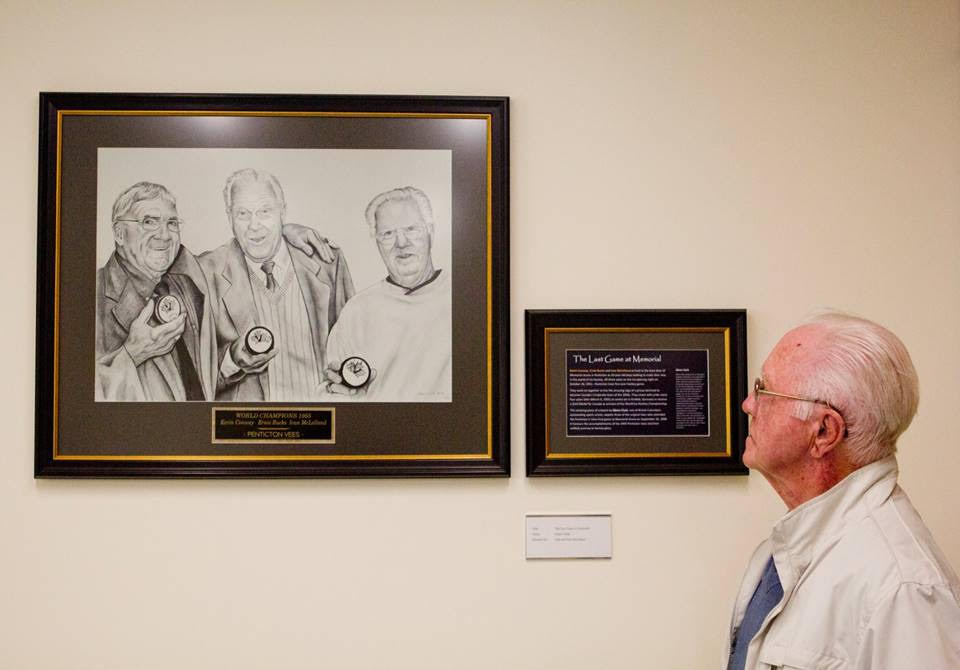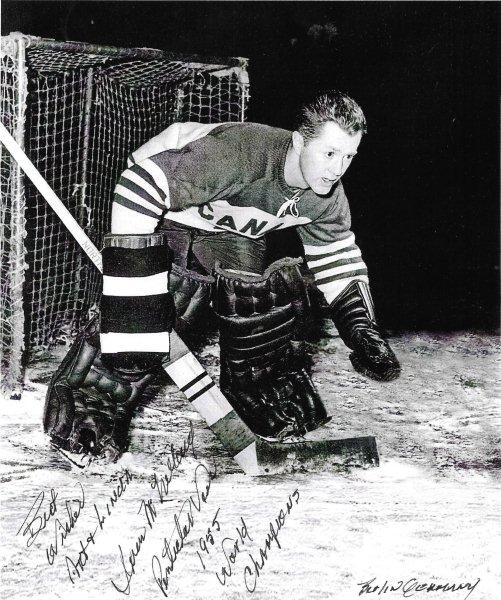(This blog is a reprint. It was first published in May, 2015)
When Linda and I walked into the former business office of 87 year old Rollo Ceccon in Princeton, he greeted us enthusiastically. Then,
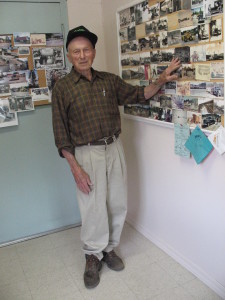
with the energy and passion characteristic of the deeply committed, he urged us to join him at a photo gallery on 3 walls. There were pictures of him with dump trucks and other equipment dating back to before the middle of the past century. I understood quickly this man grasps the value of preserving a record for future generations.
“I was born in Treviso, Italy,” he said when we had seated ourselves at his desk. “In 1930 my mother and I joined my father in Canada. As I was growing up, my father impressed on me how good we have it here. If I complained he’d say ‘you should go to another country and see how people live there.’” As a father himself, Rollo would later give a similar message to his son and daughter.
He attended the Edmonton campus of Chicago Vocational
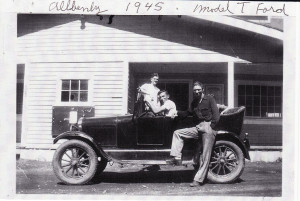
School, learning diesel and automotive mechanics. Not happy with his first job and the big mosquitoes at Uranium City, he quit and was hired by Minneapolis Honeywell Thermostats. Being young and strong willed, he said to his boss one day, “if I don’t get more pay, I’ll quit.” The boss said “there’s the door.” Rollo laughed when he told us, “I never did that again.”
In 1950 he bought his first truck, a 1944 3 ton Ford, and started in business. He became a fan of Ford trucks. “The other models broke down,” he said. “The 6 cylinder engines couldn’t hold the trucks back going down the hill from Copper Mountain and Blackburn. I bought 8 cylinder Fords.”
A serious accident on Nov. 10, 1954 shaped his thinking to
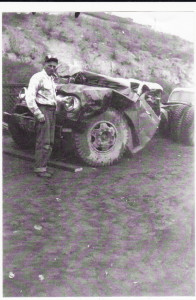
the present time. He was backing his dump truck to the edge of a 1,000 foot deep “glory hole.” The edge broke away. He and his truck tumbled down 250 feet. A rock outcropping prevented the truck from hurtling all the way to the bottom.
The man sent down to help rescue Rollo later told him, “I thought you were dead. Then blood spurting from your head wound hit me in the eye, so I knew your heart was pumping.” Three hours later the winch of a D6 Cat hoisted him to the surface. He had 6 broken vertebrae, several broken ribs and a broken leg. Wounds on his head required 120 stitches. He remained unconscious 2 weeks. “That day my father’s hair turned white in one hour.”
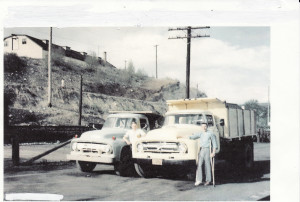
In the hospital he was placed in a body cast. After regaining consciousness the specialist said to him one day, “we’ve done all we can. The rest is up to you.” Rollo was determined to get out of the hospital. Now in a walking cast and using crutches, he signed himself out. Four months later, still in the cast and on crutches, he was back at work.
He leaned toward us from his side of the desk, as though about to say something of deep importance. “If I hadn’t had that accident,” he continued quietly, “I would never have understood how good I have it. People helped me a lot.”
Before the accident, he had started going into the Traveller’s Café. He became keenly interested in Blanche, a pretty young waitress. “It took a long time to persuade her to go to a movie,” he remembers.
Eventually she agreed to marry him and “we tied the knot on March 2, 1957. That day I threw away my crutches and started using a cane.”
Rollo’s business was flourishing. He bought dump trucks, a back hoe, a screening plant and other equipment. Blanche did the books.
When the Hope slide covered the # 3 Highway, his was the first company on the job. “One of my machines blew a line,” he said. “Phil Gaglardi, Minister of Highways, had just landed in a chopper. He told me to remove the line and he’d fly me to Chilliwack to get a new one.”
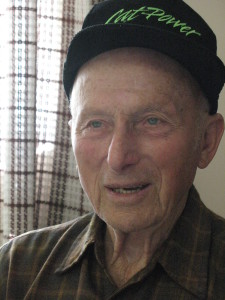
Until 2013 he still owned a front end loader. Without charge, he continued to clear snow for the Legion, firehall and arena. In 1973 the Princeton Chamber of Commerce named him “Citizen of the Year.” He was also honoured by the Lions Club for his “invaluable services and cooperation.”
Rollo’s last words to us were, “I’ve had a good life and it’s still good.”

